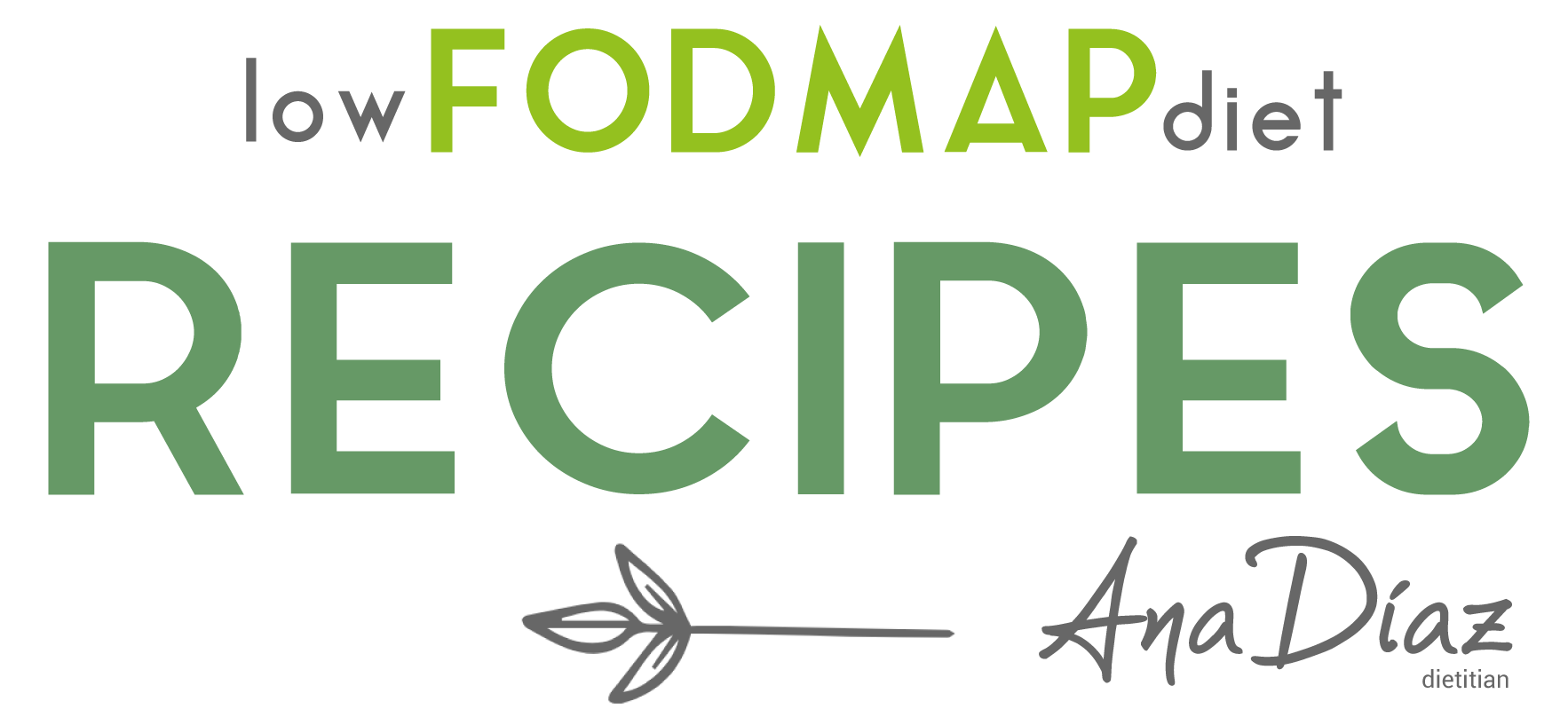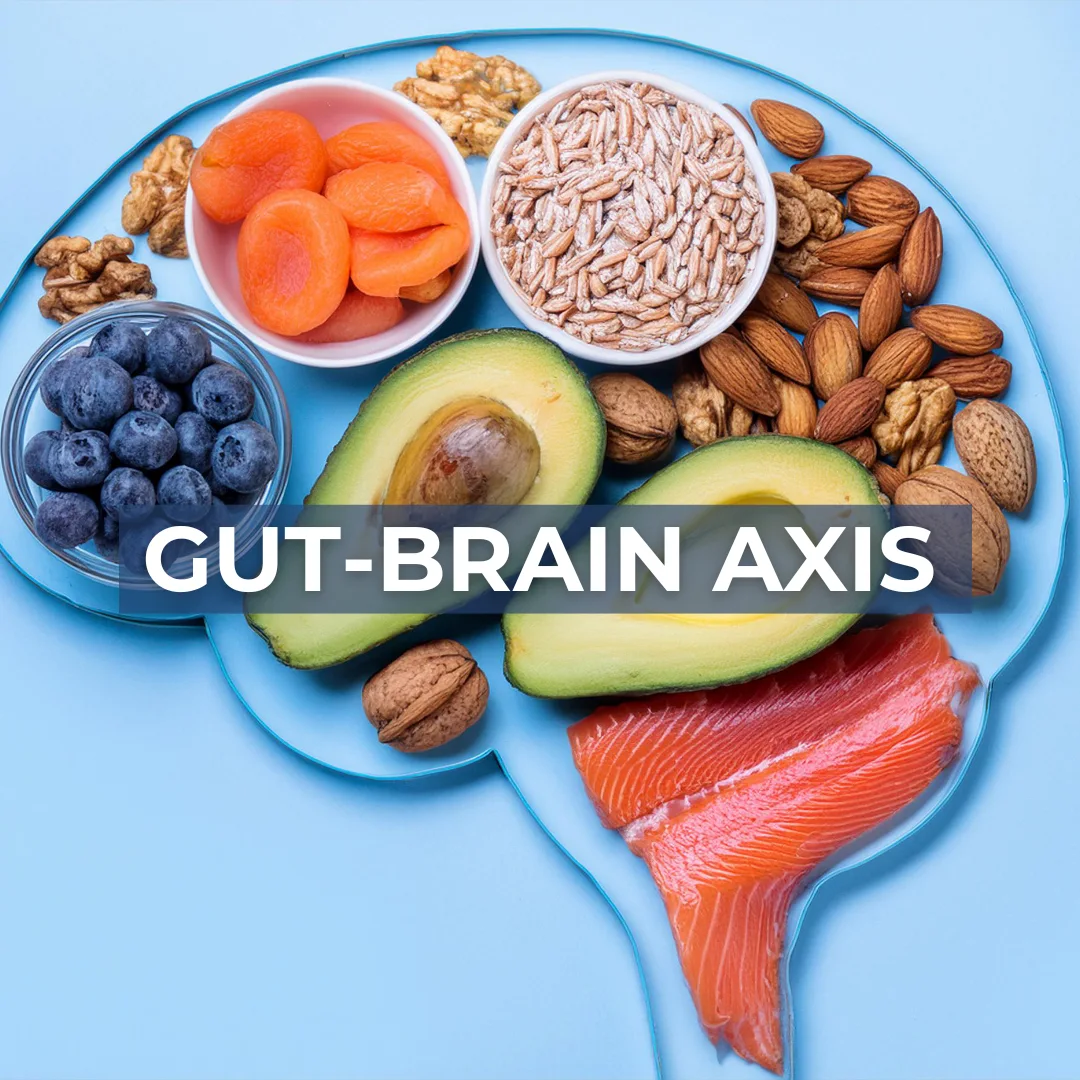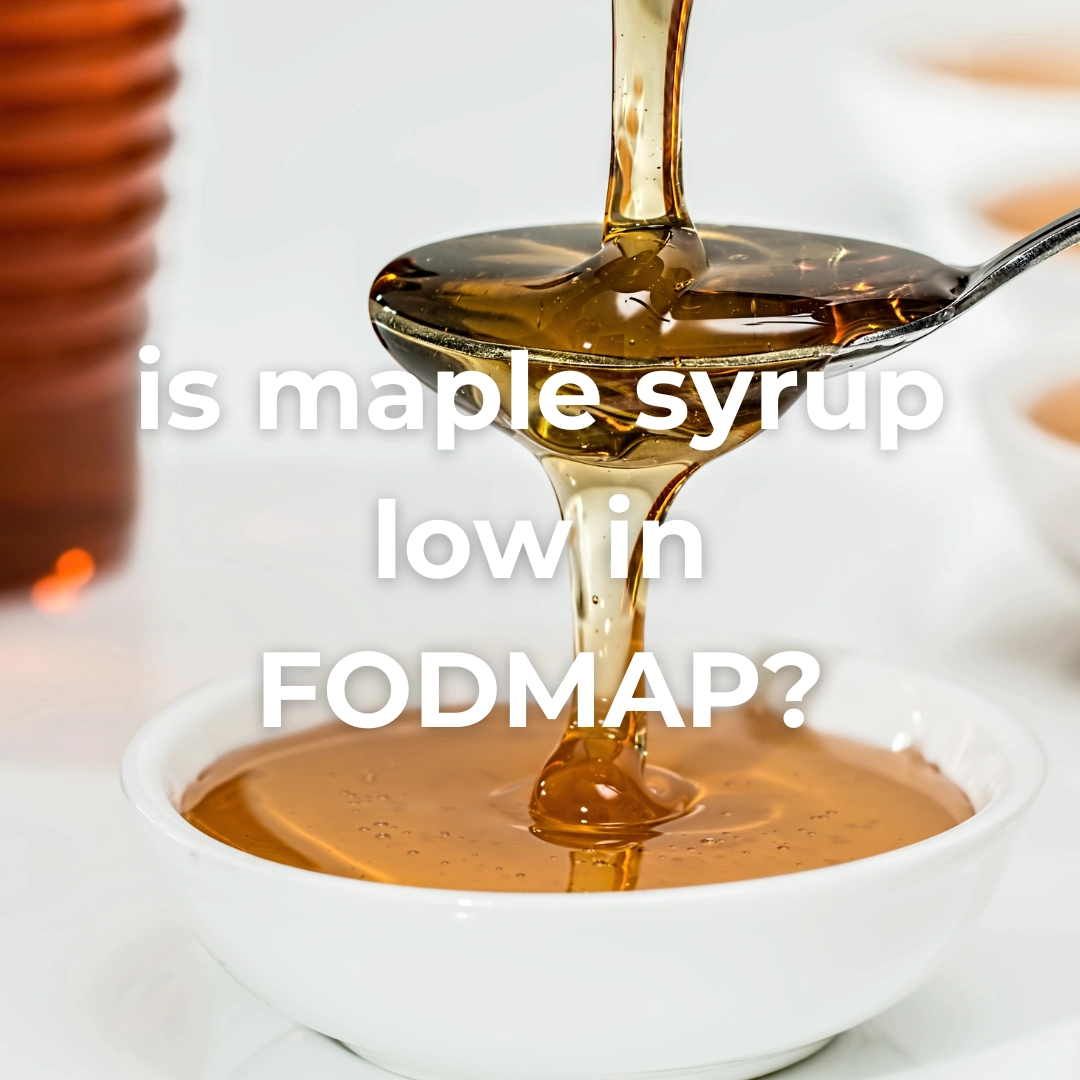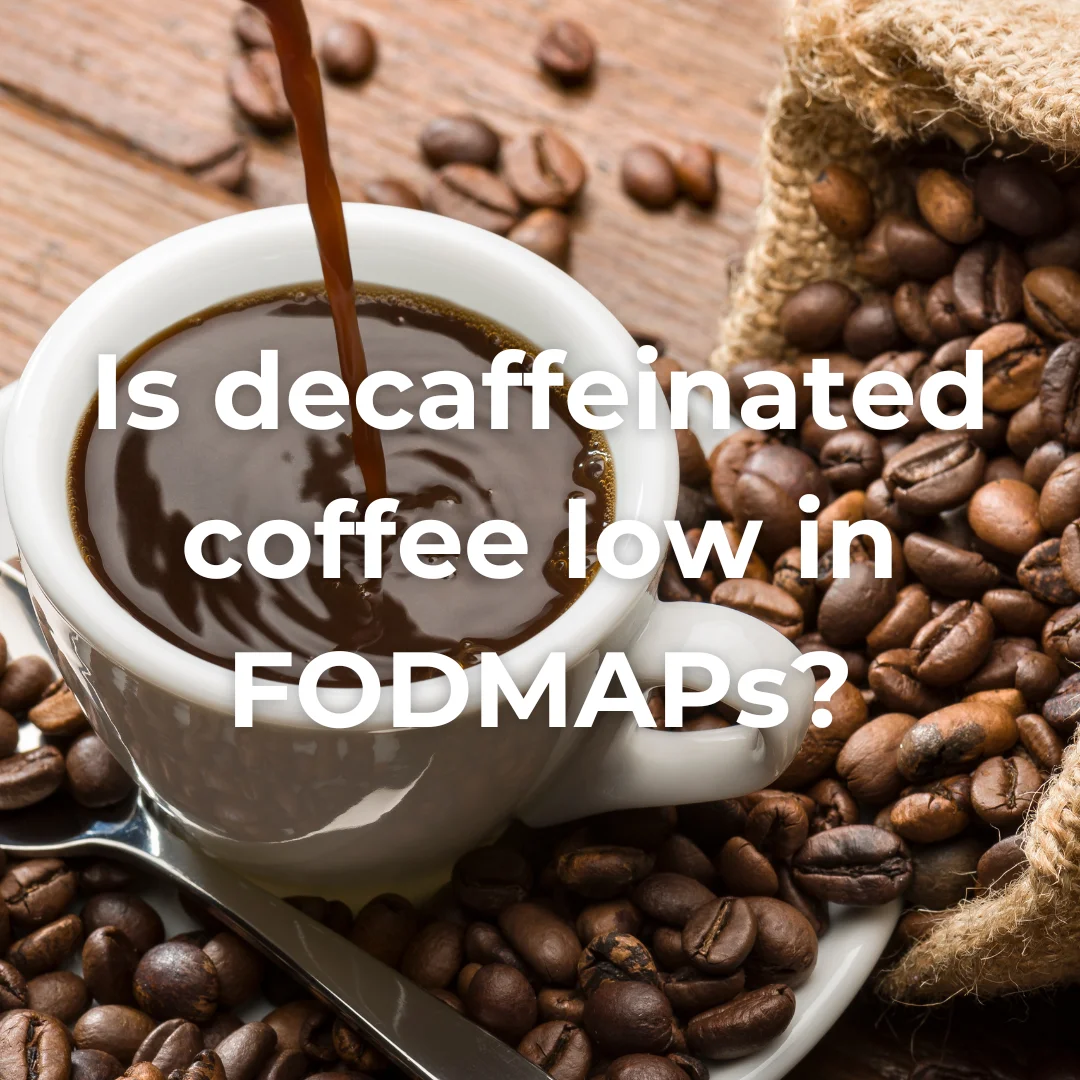If you’ve been searching for ways to improve your gut health or reduce inflammation, chances are you’ve come across two popular terms: the Low FODMAP Diet and the Anti-Inflammatory Diet.
They’re all over blogs, social media, and wellness magazines, and both claim to support digestion, energy, and overall well-being.
But despite some overlap, these diets serve very different purposes. And knowing which one is right for you depends on what’s going on in your body, your health goals, and, very importantly, your medical history.
In this article, I’ll walk you through both diets, explain their differences, and help you understand which one might best support your unique needs.
What Are These Diets, Really?
What Is the Low FODMAP Diet (and Who Actually Needs It)?
The Low FODMAP Diet is not a trend, it’s a scientifically-backed therapeutic protocol developed at Monash University to help people manage specific gastrointestinal disorders.
FODMAPs are certain types of fermentable carbohydrates that can cause digestive symptoms in sensitive individuals. When poorly absorbed, they ferment in the gut and can trigger:
- Bloating
- Gas
- Abdominal pain
- Diarrhea or constipation
This diet involves three precise phases:
- Elimination: Strictly removing high-FODMAP foods
- Reintroduction: Testing one FODMAP group at a time
- Personalization: Creating a tailored long-term plan based on tolerance
🚨 But here’s the key: This diet is not for everyone. It should only be considered if you’ve been diagnosed with:
- Irritable Bowel Syndrome (IBS)
- Small Intestinal Bacterial Overgrowth (SIBO)
- Endometriosis with digestive symptoms
- Functional Gastrointestinal Disorders (FGDs)
✨ For a deeper dive into who actually benefits from this approach, check out my post:
👉 Who Benefits from a Low FODMAP Diet?
Because the Low FODMAP Diet is restrictive and complex, it should always be completed with professional support to avoid long-term nutritional deficiencies and microbiome imbalances.
What Is the Anti-Inflammatory Diet (and Why Is Everyone Talking About It)?
The Anti-Inflammatory Diet has become a buzzword in wellness circles, and for good reason: it’s flexible, feels accessible, and makes you feel like you’re doing something good for your body.
But here’s the truth:
🔍 This “diet” isn’t actually new. It’s simply a modern way to describe eating real food and avoiding things that harm your body over time, like sugar, ultra-processed fats, additives, and heavily processed products.
An anti-inflammatory way of eating focuses on:
- Whole fruits and vegetables
- Omega-3-rich foods like fatty fish, walnuts, flaxseeds
- Whole grains and legumes
- Spices like turmeric and ginger
- Nuts, seeds, and olive oil
It minimizes:
- Added sugars
- Ultra-processed snacks
- Trans fats and refined oils
- Red and processed meats
- Preservatives and unnecessary additives
✅ It’s a sustainable, long-term approach to nourishing your body, reducing chronic inflammation, and preventing conditions like heart disease, diabetes, and autoimmune flares.
Unlike the Low FODMAP Diet, anyone can try this without needing a diagnosis, and without needing to track or eliminate entire food groups unless sensitivities are present.
Low FODMAP vs Anti-Inflammatory Diet: What Sets Them Apart
| Aspect | Low FODMAP | Anti-Inflammatory |
|---|---|---|
| Purpose | Clinical treatment for IBS/SIBO/etc. | Long-term wellness and disease prevention |
| Structure | Restrictive, phased protocol | Flexible, food-positive lifestyle |
| Duration | Short-term (with personalization later) | Ongoing |
| Supervision Needed? | Yes, medical guidance essential | No, general guidance often enough |
| Based On | Specific types of fermentable carbs | Minimizing inflammatory ingredients |
Who Should Follow Which?
✅ Low FODMAP: Only If You Have a Diagnosis
If you’ve been officially diagnosed with:
- IBS
- SIBO
- Endometriosis with gut symptoms
- FGDs
…then the Low FODMAP Diet could be a highly effective tool to identify and manage your food triggers. It’s a clinical intervention, not a lifestyle choice, and it should always be done under professional guidance to avoid over-restriction.
Without a proper diagnosis, you risk cutting out more foods than necessary and weakening your microbiome health long-term.
✅ Anti-Inflammatory: For General Wellness and Long-Term Gut Support
The Anti-Inflammatory Diet is ideal if:
- You don’t have a diagnosed condition but want to improve your gut health
- You’re dealing with fatigue, low-grade symptoms, or brain fog
- You want a holistic way to feel better without food anxiety
- You’re looking for a lifestyle approach that’s both nourishing and sustainable
This diet doesn’t have strict rules or phases. It’s about awareness and balance, not perfection.
Can You Combine Both? (Yes, with Care)
It’s actually common to start with a Low FODMAP approach and later transition into an anti-inflammatory lifestyle, especially once trigger foods have been identified and digestive symptoms improve.
Foods that are both low FODMAP and anti-inflammatory include:
- Zucchini
- Carrots
- Spinach
- Pumpkin
- Firm bananas
- Berries
- Herbs like parsley, rosemary, and ginger
This allows you to reduce symptoms in the short term while still nourishing your body long term, without staying stuck in a restrictive pattern.
💡 But again, professional guidance is key in combining these approaches safely and effectively.
Final Thoughts: Eat with Purpose, Not Fear
Diet trends come and go, but the truth is, your body doesn’t need extreme rules to thrive. It needs clarity, compassion, and a strategy that aligns with your unique physiology.
🩺 If you have a diagnosis like IBS or SIBO, the Low FODMAP Diet can offer real relief, when done right.
🌿 If you’re simply looking to reduce inflammation, feel more energized, and support your long-term health, the Anti-Inflammatory Diet is a great place to start.
🤝 And if you’re not sure what your body needs? That’s exactly where I come in.
As a dietitian specialized in the Low FODMAP Diet with a 360° approach that includes sleep, stress, and movement, I’m here to help you build a plan that fits your life, not the other way around.





